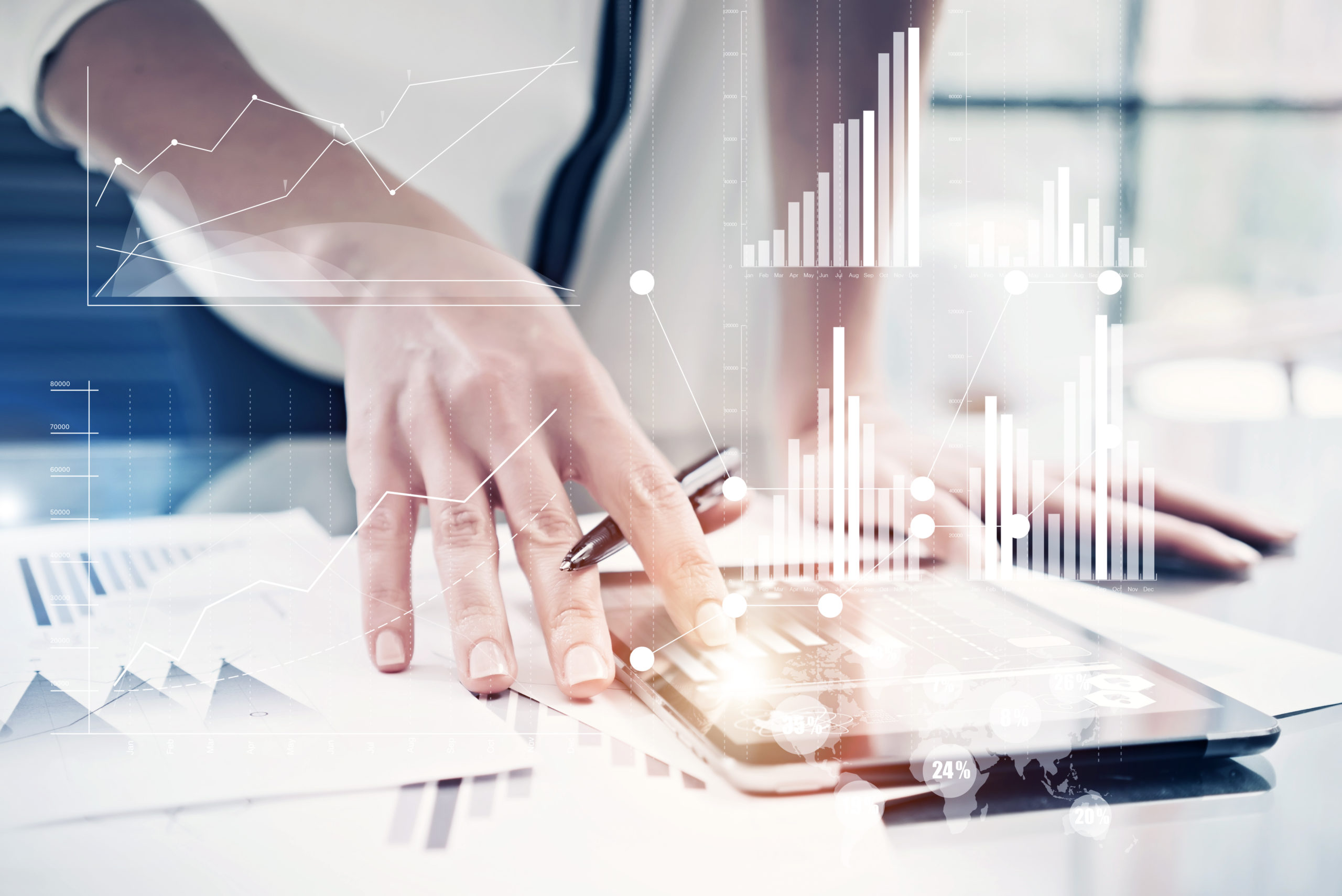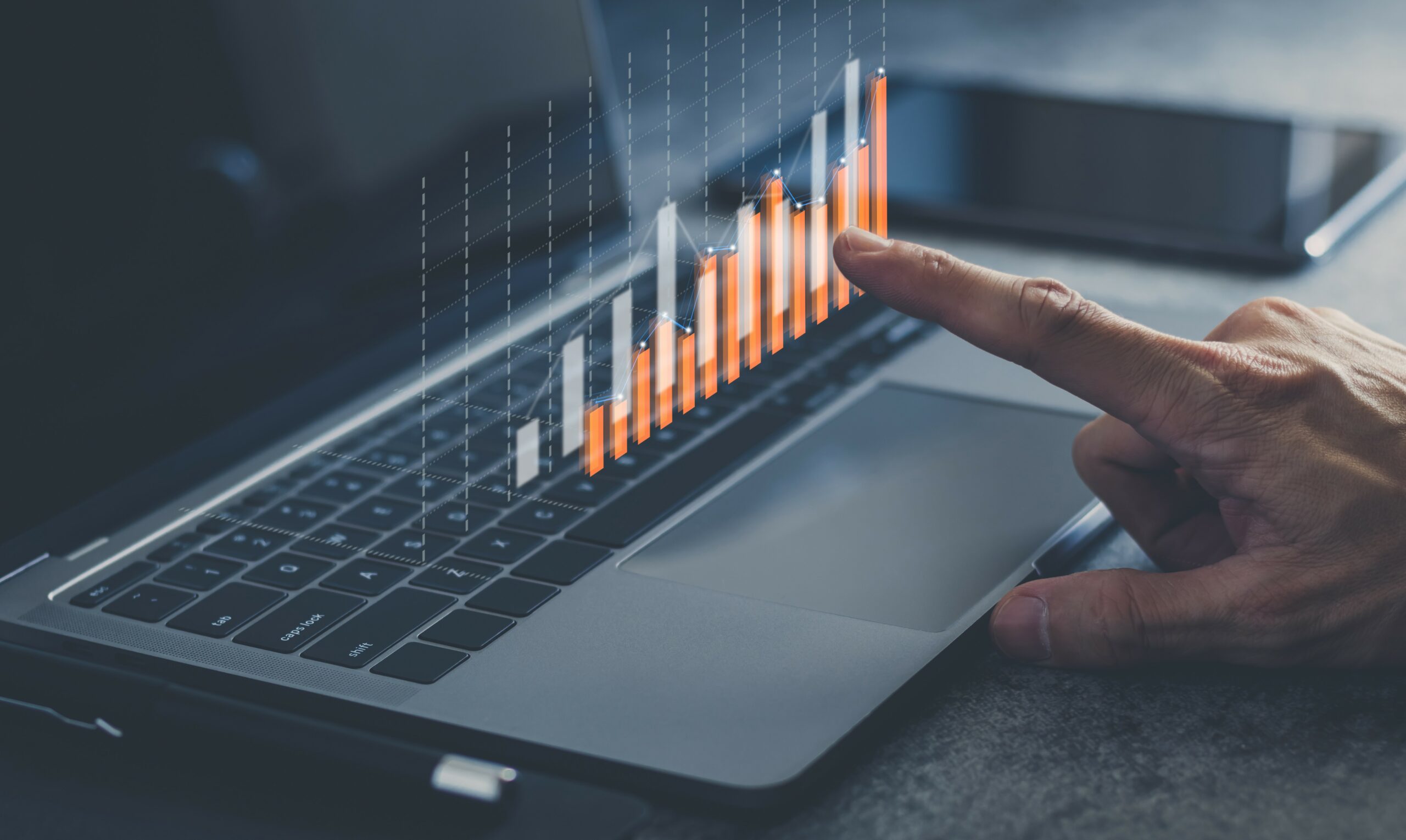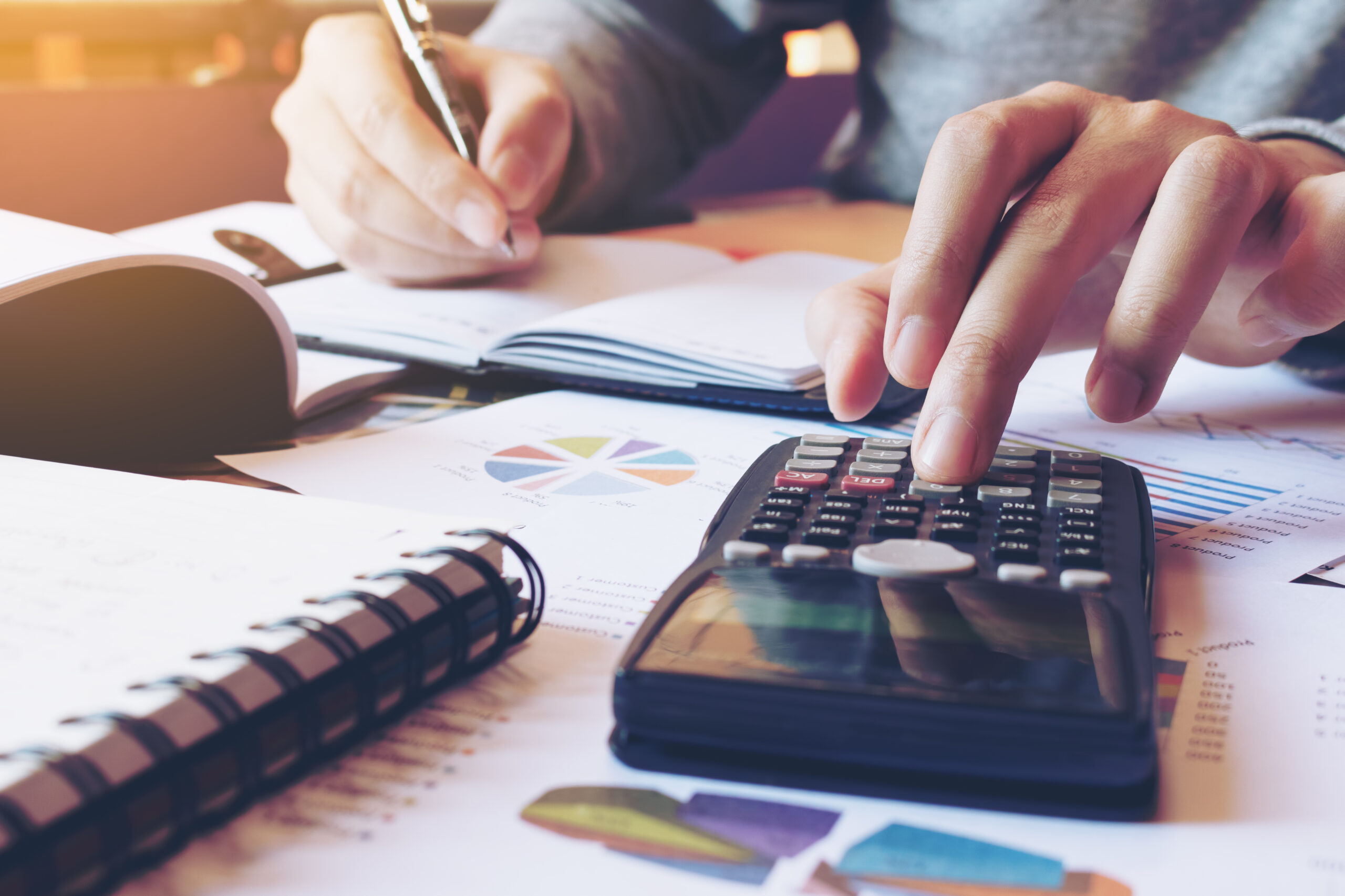
Market briefing (no. 37) – 5th July 2021
Summer of Sport – The annual tennis pilgrimage that is ‘The Lawn Tennis Championships’ at Wimbledon has already thrown up its fair share of live drama, which combined with the Euros in football has provided an abundance of late afternoon and evening thrills.
What with The Lions tour to South Africa and the forthcoming Tokyo Olympics, finished off by The Ryder Cup, this summer is certainly doing its best to distract those who like sport from the pandemic and its economic consequences, such as the recent rise in inflation.
Inflation
The rate of inflation, as measured by the Consumer Prices Index (CPI) has increased sharply recently, from 1.5% to 2.1% – the highest it has been for around two years (1).

Source of image based on Office for National Statistics (1)
As shown above, the latest inflation figure has risen above the Bank of England target of 2% (the red line). US CPI inflation has also reached 5.0% in May, its highest level since August 2008 (2).
With this recent increase on both sides of the Atlantic, the question arises what impact does this have on the economy and investing? In other words, ‘so what if inflation rises?’
Before these questions are answered, let’s define what is meant by ‘inflation’.
What is inflation and how is it measured?
Inflation is the rate at which prices rise. For example, if the cost of a £1 bar of chocolate rises by 10p, then chocolate bar inflation is 10%. Products like chocolate bars aren’t the only thing impacted by inflation; services such as haircuts and hand car wash services see their prices rise too. Month on month, marginal price increases are likely not noticed, but over the longer term, service and product price increases have a large impact on how much we can buy with our cash, in other words the purchasing power of money.
In terms of how it is measured, the Office for National Statistics (ONS and the organisation who produced the source graph at the top) records prices on thousands of everyday items.
These everyday items are what is known as the ‘basket of goods’. This ‘basket’ is constantly updated. For instance, the ONS has added hand sanitiser to ‘the basket’ as Covid has resulted in people’s spending habits purchasing gallons of the substance.
However, the ONS give more weight to things we spend more money on. For example, if petrol prices rise by 1p, that will have a bigger impact on inflation than, say, 1p on biro pens (other pens are of course available).
This data is updated and released every month by the ONS and shows how much prices have risen – very rarely do they show prices to have fallen. Inflation is shown as a percentage called the Consumer Prices Index or CPI. The most widely quoted CPI figure is the year on year growth rate.
Why is inflation important?
At a very rudimentary level, inflation is used to calculate the prices of items we depend on. For example, how much should pensions rise to cope with increased prices? How much should train fares go up by? Also, inflation is scrutinised by professional investors and economists as they interpret inflation as a indication of what’s going on in the economy.
It may sound strange but controlled increases in inflation are helpful as it encourages us to keep spending. If we knew something was cheaper next month we’d wait until then to buy it which would mean we would delay purchasing it. If this delay in purchasing occurred across every product and service, the economy would slow down and go into recession as manufacturers and service providers would start delaying the production of their product or the delivery of their service. It’s because of this that the Bank of England aims to keep inflation at around 2%; as shown by the red line in the graph above.
On the other hand, if prices rise too quickly, it’s a sign that the economy is running into difficulties, with demand exceeding supply. To keep up with the upward trend of prices in this situation, our income would need to rise which conversely would mean prices rising as we have more money to spend; in other words, a never-ending cycle of price increases. This is sometimes referred to as an ‘overheating’ economy.
So, if inflation rises quickly, the Bank of England increases interest rates in an attempt to temper excess demand. This method of inflation control assumes that most people have some form of borrowing, e.g. mortgages, loans etc., and so, by increasing interest rates, we as consumers will have less money to spend. This reduction in disposable income will dampen the demand for products and services which will then mean that prices will not rise quickly and be more stable.
So is inflation rising?
As can be seen from the graph above, before the pandemic hit, UK inflation was just below 2% – not far off the Bank of England’s target percentage rate. Covid then impacted, resulting in 2021 seeing an increase in the inflation rate.
Some experts have said that this rise could be a cautionary sign that the UK economy is running into difficulty. Others say this increase is because the economy is starting to grow again after lockdown eases. And others have said the factors driving price growth are likely to prove temporary.
Some experts are also expressing opinions that rising energy costs are already putting upward pressure on prices. They are also suggesting that blockages in the labour supply are adding to the increase in prices as wages are beginning to rise to attract employees to plug employers’ staffing gaps.
Experts both inside and outside the UK central bank do not see conditions where inflation will be at 1970s levels. That said, there is the potential for a sharp interest rate rise from the historically low current base rate of 0.1% should circumstances change quickly. Clearly an interest rate rise would be good for those with only cash deposits, but those with mortgages and loans will be hit by such an increase were it to arise. The Bank of England’s view is that inflation will likely hit 3% sometime this year before falling back towards the end of the year.
2022 could also see price pressures building for those consumers who have been in the fortunate position of maintaining earning levels whilst in lockdown. They have mostly seen their expenditure reduce because of little or no commuting costs and not being able to spend on social activities to a large degree. As these consumers emerge from their lockdown slumber, some of their disposable cash will likely push up demand, increasing prices in certain parts of the economy.
So is inflation rising? Well clearly the immediate answer is yes. For most of the last 12 months prices have been rising at a rate of less than 1% a year, so the rise to 2.1% is perhaps an indicator of something different. All we can say at the moment is that it’s not clear whether this rise is part of a new trend. However, Covid – as it has with everything in life – has impacted what we consider as ‘normal’, and so what happens next remains uncertain.
What should this tell you?
Irrespective of broader news, even headlines that discuss important economic matters such as inflation, and remembering that “past performance is no guide to future returns”, from an investment perspective, investors should have a balanced, longer term view.
As we have said many times before, we will continue to monitor the current financial situation and keep you notified of any significant changes that are made. If you would like to discuss how the current situation might affect you, then please seek professional financial advice to discuss your financial situation further.
This week in history …
- 3rd July 1996 – The House of Commons announces that the Stone of Scone, also known as the Stone of Destiny, used in the coronation of Scottish (and subsequently English and British monarchs), would be returned to Scotland after 700 years in Westminster Abbey. (3)
- 4th July 1776 – US Congress proclaims the Declaration of Independence and independence from Great Britain. (3)
- 5th July 1994 – Amazon.com founded in Bellevue, Washington, USA by Jeff Bezos.(3)
- 6th July 1483 – Richard III is crowned King of England after deposing Edward V. (3)
- 7th July 1956 – “Hancock’s Half Hour” premieres as a TV show starring Tony Hancock and Sid James.(3)
- 8th July 1984 – John McEnroe defends his Wimbledon crown, thrashing fellow American Jimmy Connors 6-1, 6-1, 6-2.(3)
- 9th July 1877 – First ever Lawn Tennis Championships (‘Wimbledon’) begins; Gentlemen singles only. (3)
Sources & definitions
1) https://www.ons.gov.uk/economy/inflationandpriceindices/timeseries/l55o/mm23
2) https://www.theguardian.com/business/2021/jun/10/us-inflation-highest-rate-stocks-consumer-price-index
3) https://www.onthisday.com
Issue 38 of the market briefing will be published on 26th July 2021
This statement is marketing material. It is for information purposes only and should not be reproduced, copied or made available to others. The information presented herein is for illustrative purposes only and does not provide sufficient information on which to make an informed investment decision. This document is not intended and should not be construed as an offer, solicitation or recommendation to buy or sell any specific investments or participate in any investment (or other) strategy. Potential investors will have sought professional advice concerning the suitability of any investment. Investors should be aware that past performance is not an indication of future performance and the value of investments and the income derived from them may fluctuate and they may not receive back the amount they originally invested. The tax treatment of investments depends on each investor’s individual circumstances and is subject to changes in tax legislation.

 0330 332 7866
0330 332 7866 advise-me@fosterdenovo.com
advise-me@fosterdenovo.com Search
Search






